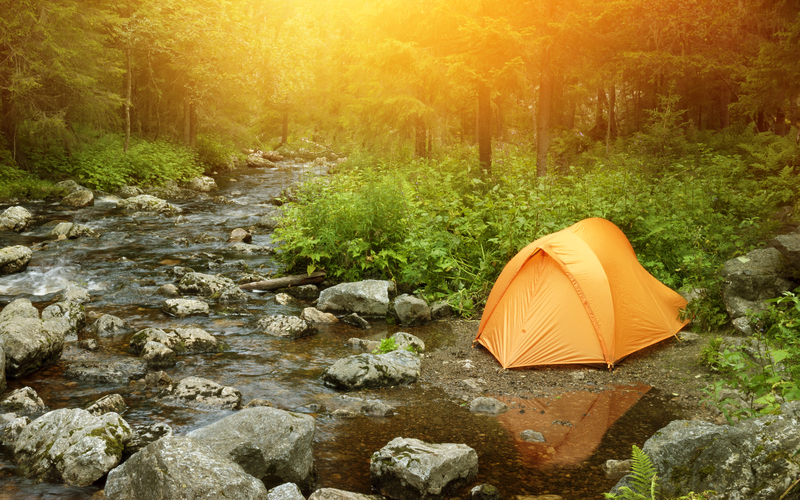If you’re a prepper or survivalist, then you probably already have an escape plan in place when an unexpected crisis hits. It may or may not involve camping. Nevertheless, these are safety tips to keep in mind when prepping for and actually bugging out.
Plan ahead and prepare
When you start to plan your bug out route, consider, ‘what are the most important things for me to do and what resources I might need’. And second, think about how you can minimize waste and what you can do to leave a smaller footprint during your journey. Safe camping requires for you to keep your location and trail camouflaged if you don’t want any followers.
Travel and camp off the beaten path
When traveling through the backcountry stay off the tracks as often as possible in order to avoid leaving traces.
Your main concern is to avoid leaving a ground spoor. As the name implies, the ground spoor can be defined by any sign found on the ground. Footprints, burn marks, vehicle tracks, blood stains, overturned ground or rocks.
Dispose of waste properly
Sunlight and moisture will affect litter and can become a great clue for experienced trackers. For example certain plastic wraps will be discolored in two or 3 days while metal cans will develop rust spots in less than 24 hours in certain geographic areas.
To avoid carrying dangling cans or any other trash that gives away your position through smell or noise, it’s better to bury your litter. Make sure you camouflage the spot using the materials around you.
Diminish the effects of fire
Depending on the fire type, you can also use it for: cooking, drying wet clothing, signaling or even disposing of waste. Use pieces of wood that are wrist-sized or smaller. Larger pieces will take longer to burn and you may end up leaving a partially scorched log when you move on. Keep the fire small, scatter ashes and make absolutely sure you don’t leave any evidence behind.
Survival Lessons From The Past
To conceal your presence, I recommend building a snake hole fire or a Dakota hole one. Read this article to know more about the different types of fire.
Respect the wildlife
Understanding which wildlife populates the area you live in and learning about its behavior becomes valuable knowledge during a crisis. Since most animals are nocturnal, the animal tracks superimposed on party’s footprints indicate that spoor was made during or before nightfall. Spoor over animal tracks indicated that spoor was made after sunrise.
Set a perimeter
Once you set up camp your next move should be to set some trip wire alarms. You can improvise some by using soda cans with stones in them or personal alarm keychains.
There is no safe camping without deploying safe-defense mechanisms and you should plan to avoid unwanted encounters with both animals and humans.
Respect your timeline
You can’t bug out successfully without having a plan and a timeline. When you set up camp and things go along your way, you may have the tendency to overstay in a certain spot. The smart thing would be to avoid doing so if you don’t want to decrease your chances of reaching your safe location.
The timeline of your bug out plan may be affected by various factors such as weather, age and number of party members, gear weight and most of all, the lack of experience. Remember that you need to set camp only to rest at night and you should move as soon as possible.
Do you have any other tips for camping when bugging out?
Article Source: Prepper's Will
